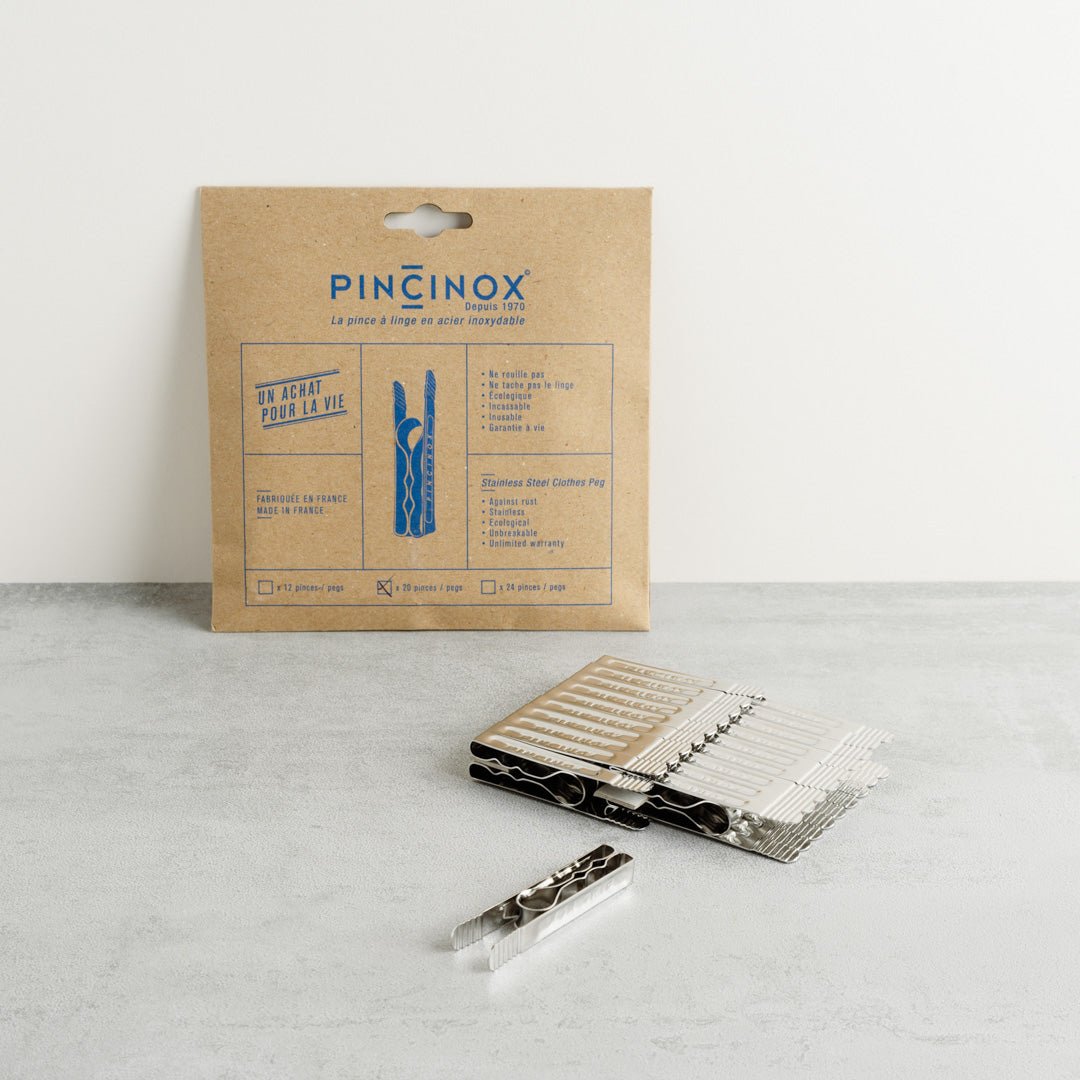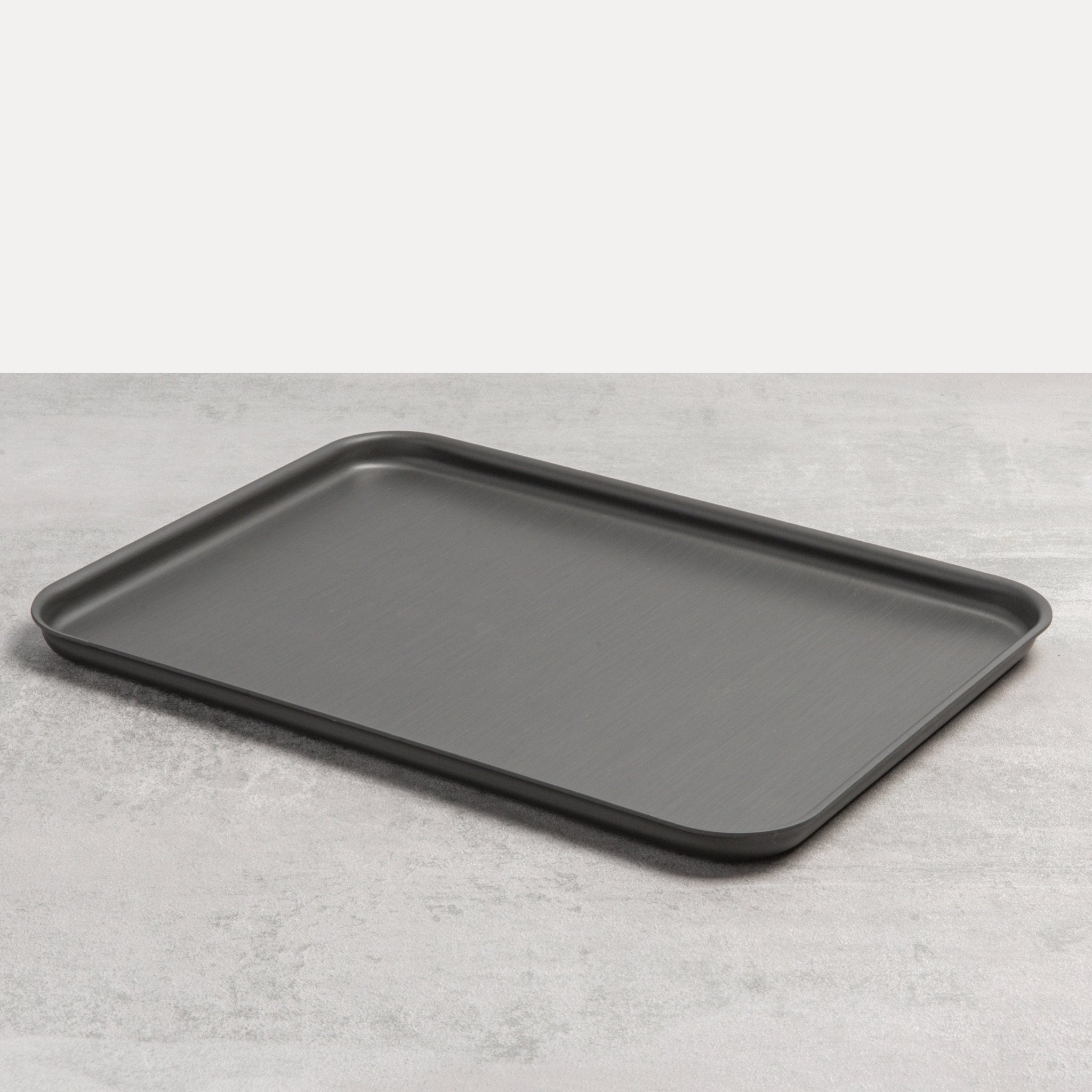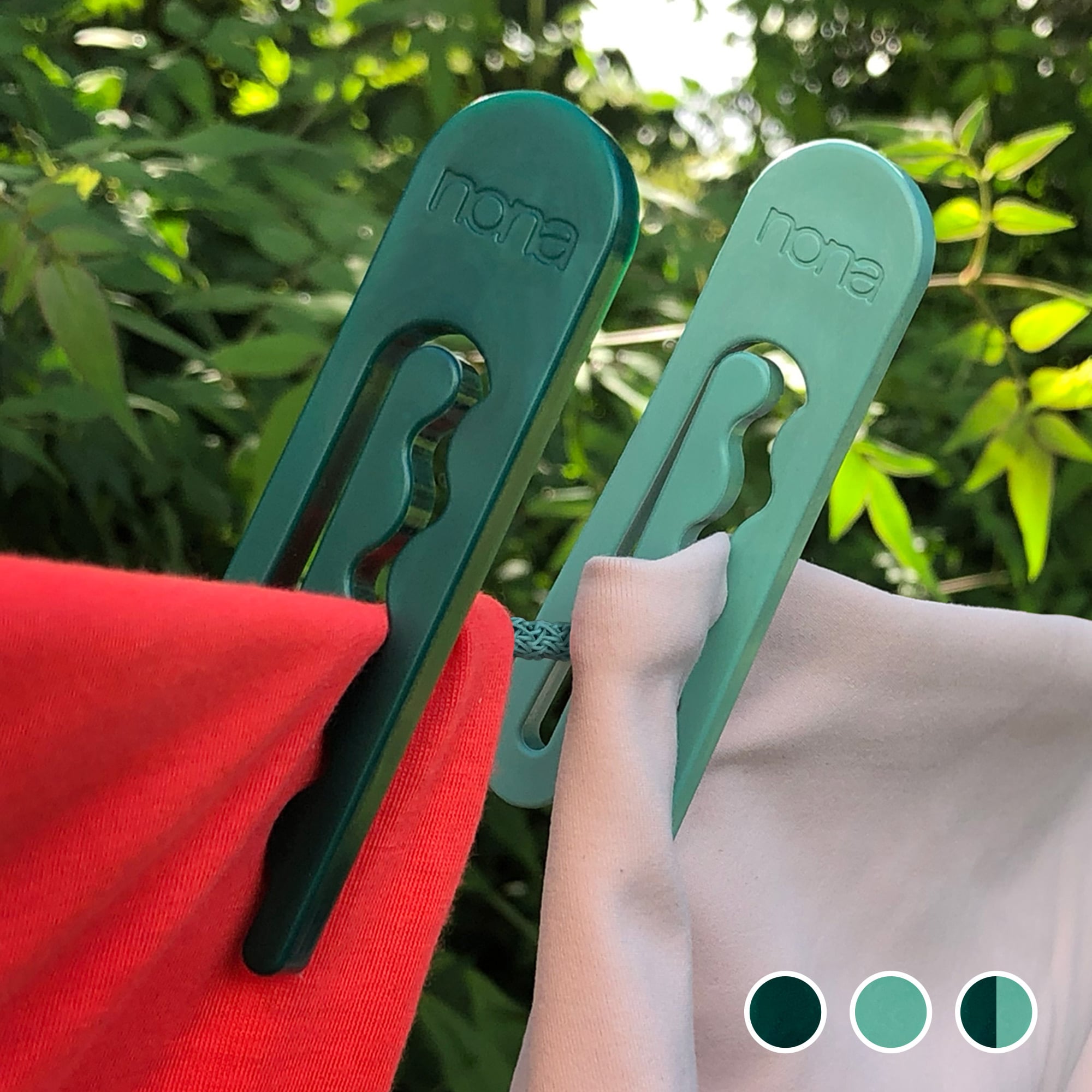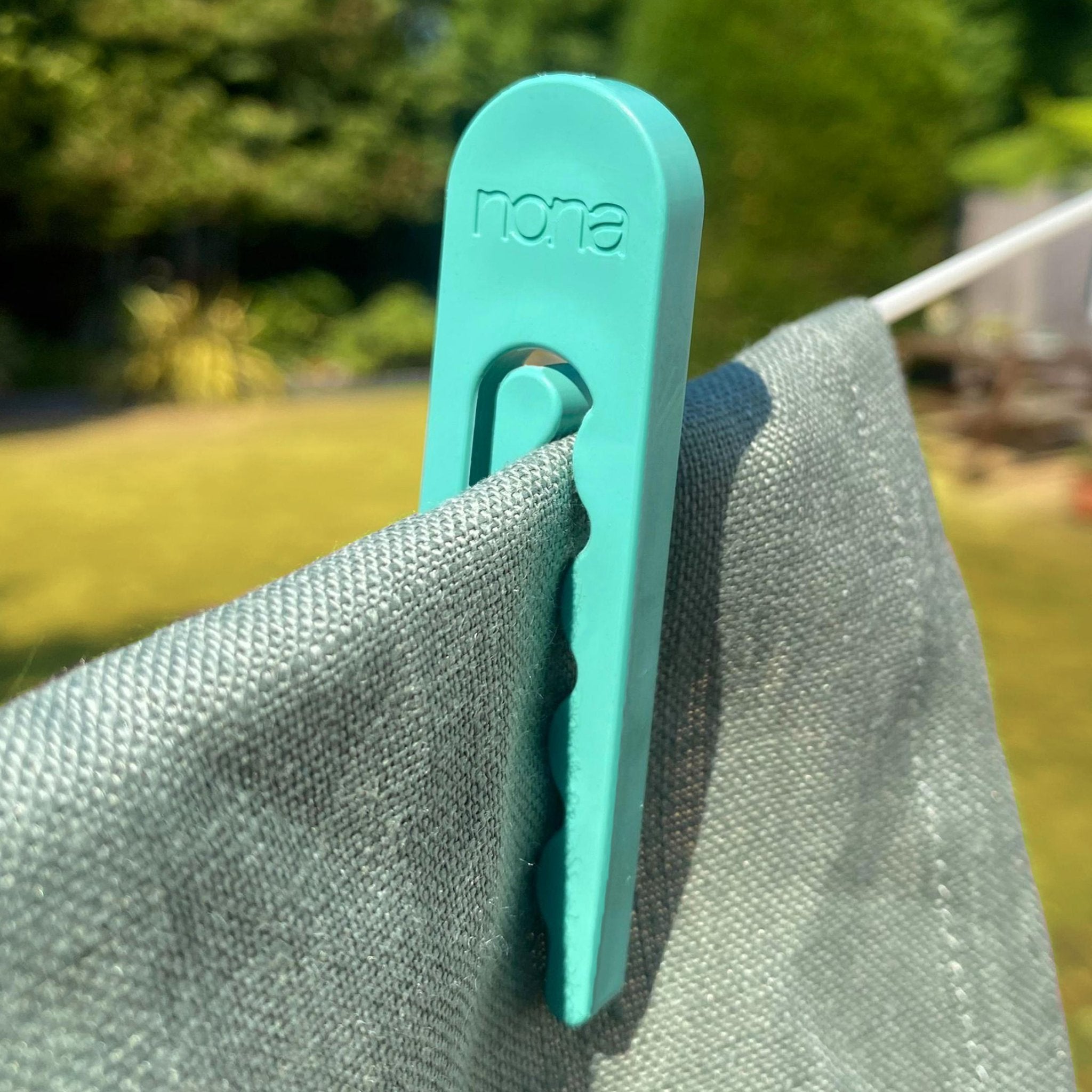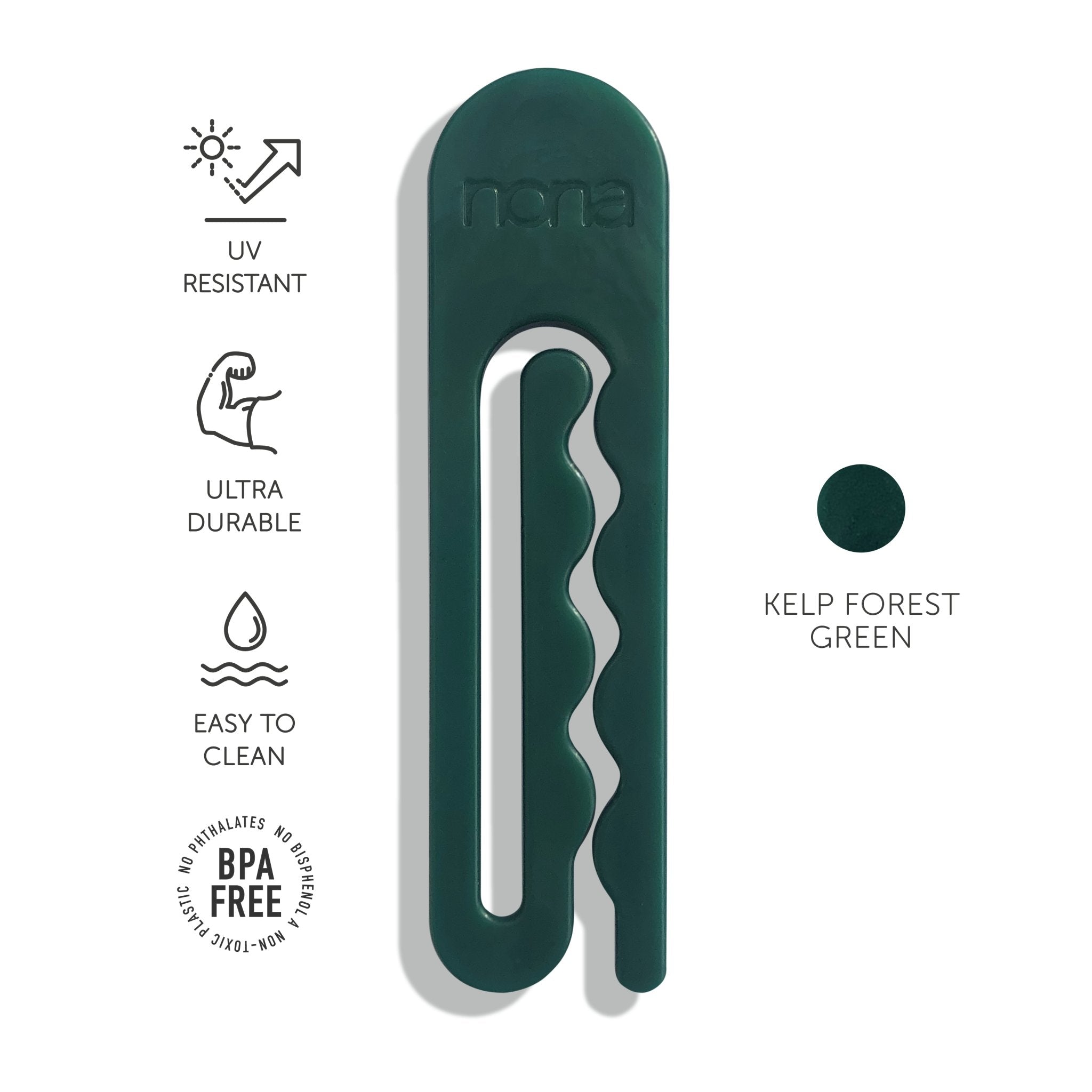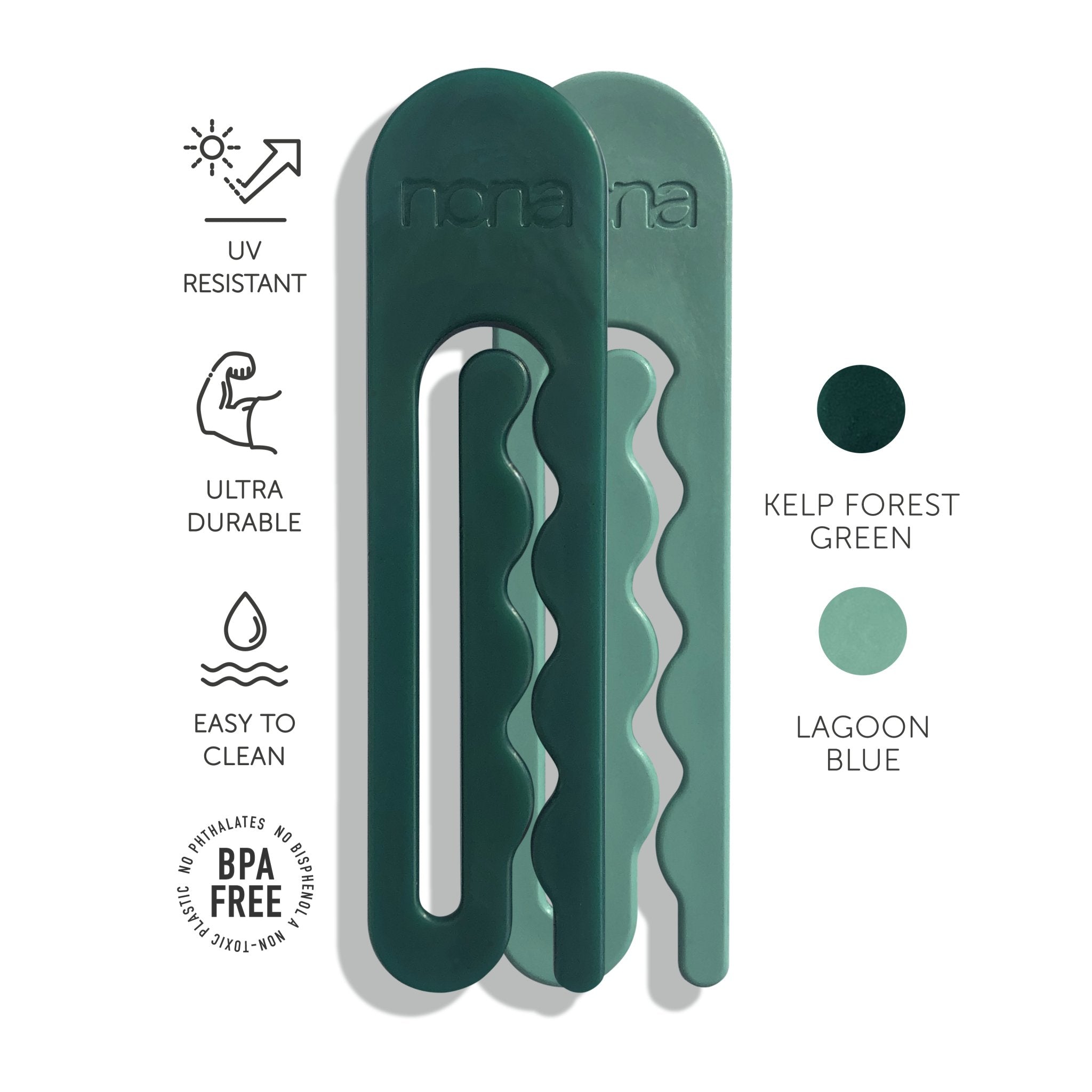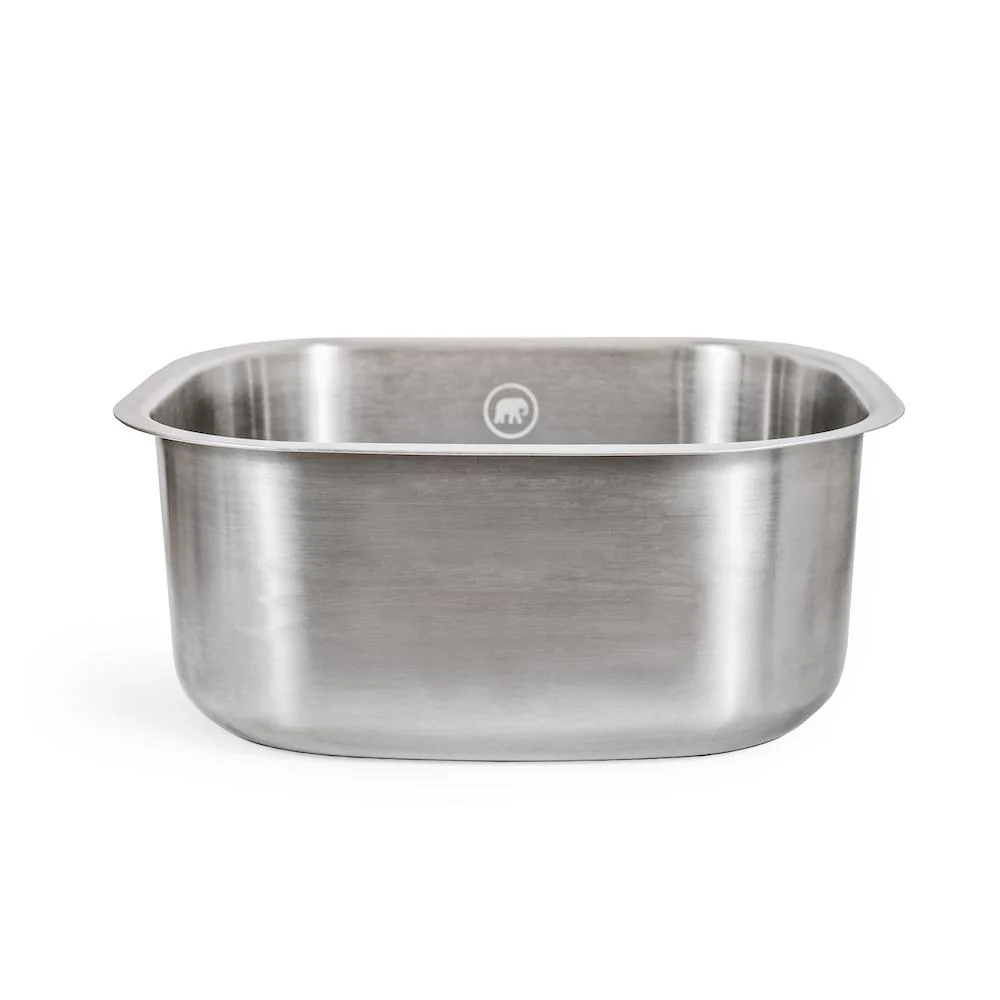It’s 2033, and you’re drive into your local dump. Getting out of your car, you stare out at by far the biggest pile of rubbish in the place - an eerie mass-grave of obsolete robots - arms akimbo, blinking lights faded, and once-glossy shells cracked and peeling. Like a scene straight from Pixar's WALL-E, a mountain of discarded mechanical companions stare back at you, silently accusing us of another round of throwaway madness.
Well, hang on! Aren't these shiny bots supposed to be our sleek, futuristic companions - eco-friendly and everlasting, ushering in a new era of sustainability and prosperity?
They could... they potentially have this power, but are they on course?
What's Happening In the Robotics Industry Right Now - in 2025?
The Good
- Some circular business models (but mainly in the industrial sector): ABB, for example, designs robots intended to last decades, actively refurbishing older models instead of continually pushing new ones.
- Some innovative use of materials and design: Innovations like smart materials are gaining traction, enabling robots to easily disassemble themselves for recycling or component reuse when retired.
The Not-so-Good
However, many current robot manufacturers are still falling short. We are currently seeing.
-
Poor Repairability: Consumer AI robots often suffer from poor repairability due to their complex, compact designs, proprietary components, and restricted access to repair documentation. (BSR, 2024)
-
Limited Use of Recycled Materials: Only 17.4% of global electronic waste is properly recycled, demonstrating that recycling considerations are often overlooked in product design. (Technology Networks, 2024)
-
Absence of Sustainable Business Models: Few manufacturers explicitly state how their products support circularity, indicating it’s often an afterthought at best. (World Manufacturing Forum, 2023)
The Ugly Truth
Most robot manufacturers are still stuck in linear economic models, driven by novelty and convenience rather than genuine sustainability. The result? A looming environmental disaster, unless we act now.
What These Companies Need To Do?
Here's a simple roadmap for the robotics industry to fully embrace circular economy principles:
-
Design for Disassembly: Make repairability and component replacement straightforward and ditch proprietary barriers to repair.
-
Materials Matter: Prioritise sourcing recycled and sustainably sourced materials.
-
Lifecycle Accountability: Plan for end-of-life from the initial design stage to ensure all components can be recycled, reused, or safely disposed of.
-
Circular Business Models: Shift towards product-as-a-service, leasing, and refurbishment models, ensuring products are returned and reused.
-
Transparency and Commitment: Clearly communicate sustainability commitments, allowing consumers to make informed and ethical choices.
What We All Need to Do Right Now
The robotics revolution holds incredible promise, but only if we embed sustainability from the ground up.
If you're part of the robotics or AI sector, it's time to champion circularity and ask these questions loudly and clearly.
If you're a potential customer, let these companies know now that repair and circularity is important to you. When you hear of a potentially groundbreaking product you're excited about, email the founder, or customer service. Ask about how these robots will be made, and how long they might last. Show you care... and maybe they will too.
In the end, I don't care what shape these robots are... so long as they are circular.
x Tara
CEO Buy Me Once








